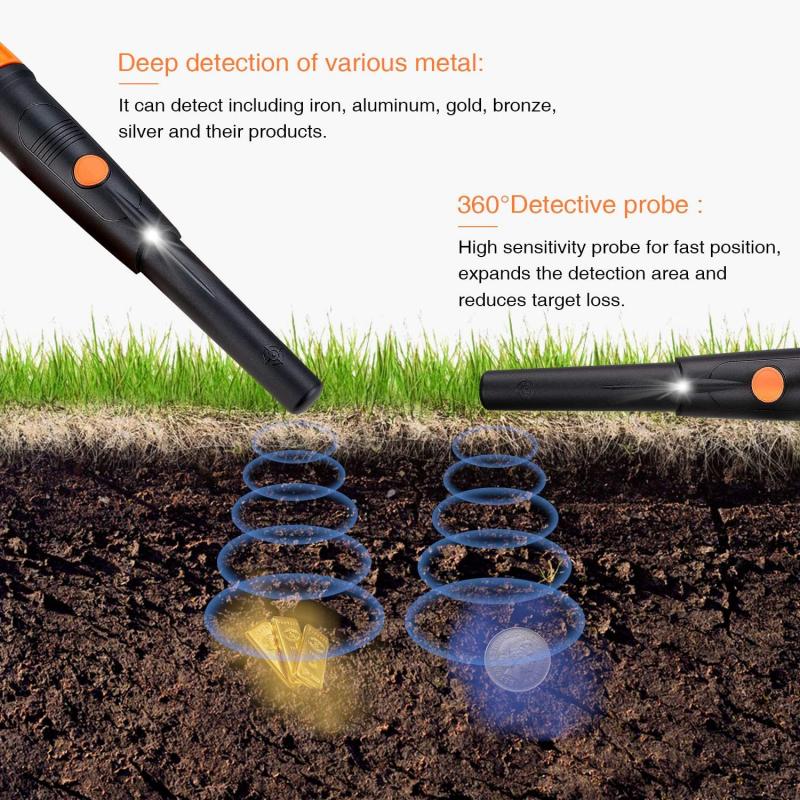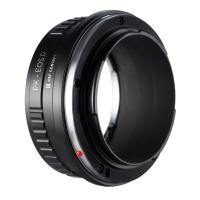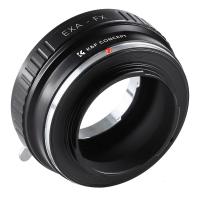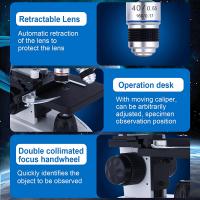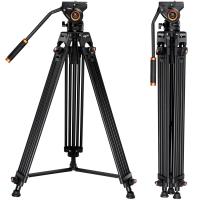What Is An Arm On A Microscope ?
In microscopy, an arm refers to the part of a microscope that connects the base to the head or body of the microscope. It provides support and stability to the microscope, allowing for easy movement and positioning of the head or body. The arm is typically made of metal or plastic and is designed to be sturdy and durable. It may have a curved or straight shape, depending on the design of the microscope. The arm is an essential component of the microscope, as it helps to maintain the proper alignment of the optical system and ensures smooth operation during microscopy.
1、 Objective Arm: Holds and positions the objective lenses.
The objective arm is an essential component of a microscope that holds and positions the objective lenses. The objective lenses are responsible for magnifying the specimen being observed, allowing for detailed examination and analysis. The arm is typically located beneath the stage and is connected to the revolving nosepiece, which holds the objective lenses.
The objective arm is designed to provide stability and precise movement of the objective lenses. It allows for easy switching between different objective lenses, which have varying magnification powers. By rotating the nosepiece, different objective lenses can be brought into position, enabling the user to observe the specimen at different levels of magnification.
In addition to holding the objective lenses, the arm also plays a crucial role in maintaining the alignment of the lenses. Proper alignment is essential for achieving clear and accurate images. The arm ensures that the objective lenses are securely held in place and properly aligned with the optical path of the microscope.
From a modern perspective, advancements in microscope technology have led to the development of motorized objective arms. These arms can be controlled electronically, allowing for automated switching between objective lenses. This feature enhances convenience and efficiency in microscopy, particularly in applications where frequent changes in magnification are required.
Overall, the objective arm is a fundamental part of a microscope, providing stability, precise positioning, and easy interchangeability of objective lenses. It is a critical component that contributes to the overall functionality and performance of the microscope, enabling scientists, researchers, and students to explore the microscopic world with clarity and precision.

2、 Stage Arm: Supports the stage where the specimen is placed.
The arm on a microscope is an essential component that provides support and stability to the microscope's stage. The stage arm is typically located on the back of the microscope and connects the base to the stage. Its primary function is to hold the stage in place and ensure that it remains steady during the observation of specimens.
The stage arm is designed to be sturdy and durable, as it needs to support the weight of the stage and the specimen being observed. It is usually made of metal or a strong plastic material to provide the necessary strength and stability. The arm is also adjustable, allowing the user to position the stage at different heights and angles for optimal viewing.
In addition to its support function, the stage arm may also have other features. Some microscopes have a built-in focusing mechanism within the arm, allowing for precise adjustment of the stage's height. This feature enables the user to bring the specimen into focus by moving the stage up or down.
Furthermore, modern microscopes may incorporate advanced technologies into the stage arm. For instance, some microscopes have motorized stage arms that can be controlled electronically, allowing for automated movement and scanning of specimens. This automation can enhance efficiency and accuracy in research or diagnostic applications.
Overall, the stage arm plays a crucial role in the functionality of a microscope. It provides stability to the stage, allowing for precise observation and analysis of specimens. With advancements in technology, the stage arm continues to evolve, incorporating new features to improve the user experience and enhance the capabilities of microscopes.

3、 Condenser Arm: Holds and adjusts the condenser lens.
The arm on a microscope is an essential component that holds and supports various parts of the microscope. It is typically located on the back of the microscope and connects the base to the head or body of the microscope. The arm provides stability and allows for easy movement and adjustment of the microscope.
One specific part that the arm holds and adjusts is the condenser lens. The condenser lens is responsible for focusing and directing the light onto the specimen being observed. It is located beneath the stage and helps to enhance the resolution and clarity of the image. By adjusting the position of the condenser lens using the arm, the user can control the amount and angle of light that passes through the specimen.
In recent years, there have been advancements in microscope technology that have led to the development of motorized arms. These motorized arms allow for more precise and automated adjustments of the condenser lens and other microscope components. This can be particularly useful in research and laboratory settings where accuracy and efficiency are crucial.
Overall, the arm on a microscope plays a vital role in supporting and adjusting various components, including the condenser lens. It allows for easy manipulation and control of the microscope, ultimately enhancing the quality of the observations and analysis conducted using the instrument.

4、 Illumination Arm: Houses the light source and controls its intensity.
An arm on a microscope refers to a structural component that holds and supports various parts of the microscope. It is typically located on the side or back of the microscope and plays a crucial role in the overall functionality of the instrument.
One of the key components found on the arm of a microscope is the illumination arm. The illumination arm houses the light source, which provides the necessary illumination for viewing specimens under the microscope. It also includes controls to adjust the intensity of the light, allowing users to optimize the lighting conditions for their specific needs.
The illumination arm is an essential part of a microscope as it directly affects the quality and clarity of the images observed. Proper illumination is crucial for enhancing contrast, highlighting specific features, and improving overall visibility. By controlling the intensity of the light, users can adjust the brightness to prevent overexposure or underexposure of the specimen.
In recent years, advancements in microscope technology have led to the development of various types of illumination arms. For example, some microscopes now incorporate LED light sources, which offer several advantages over traditional halogen or incandescent bulbs. LED lights are more energy-efficient, have a longer lifespan, and provide a more consistent and uniform illumination.
Additionally, some microscopes now feature adjustable illumination arms that can be rotated or angled to provide oblique or darkfield illumination. These techniques are particularly useful for enhancing contrast and revealing fine details that may be difficult to observe under normal brightfield illumination.
In conclusion, the illumination arm on a microscope is a critical component that houses the light source and controls its intensity. It plays a vital role in providing optimal illumination for observing specimens and has seen advancements in recent years, such as the incorporation of LED lights and adjustable arm designs.
